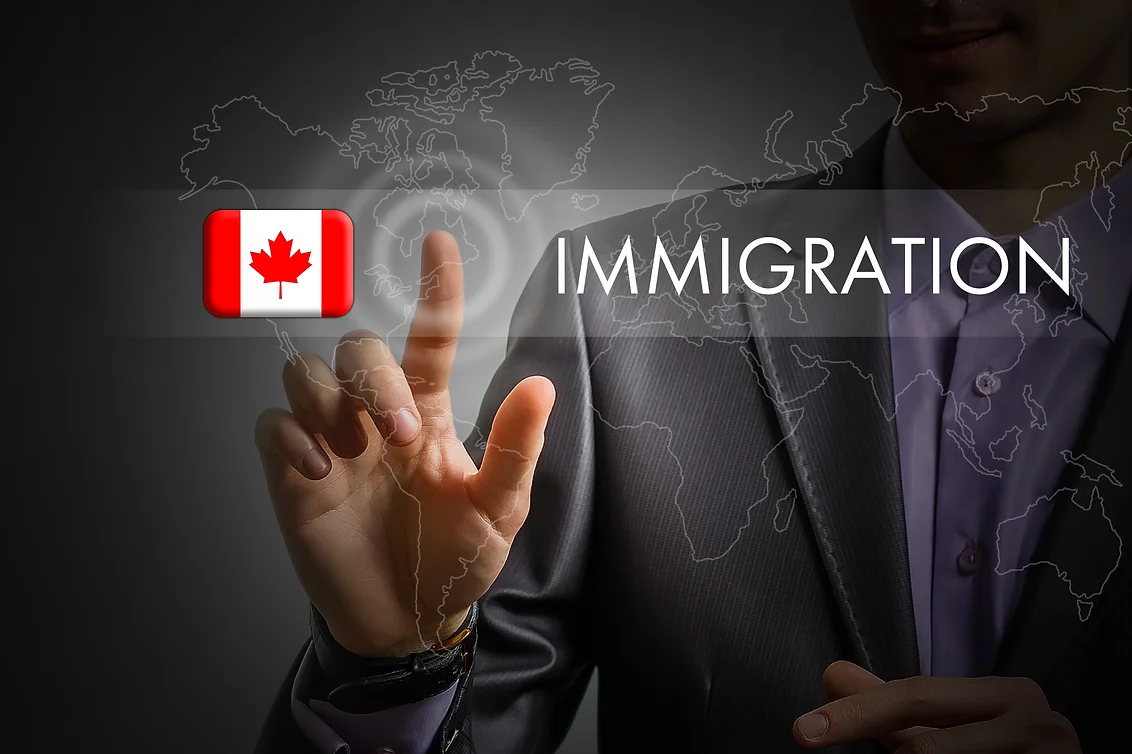Canada remains a popular choice for people seeking new opportunities abroad. Its welcoming immigration policies and strong economy attract thousands every year. If you’re planning to move to Canada in 2025, understanding the main immigration options will help you pick the best path. Here are the top five ways to immigrate to Canada this year.
1. Express Entry – Federal Skilled Worker Program (FSWP)
Express Entry is one of the fastest ways to get permanent residency. It uses a points system called the Comprehensive Ranking System (CRS) to rank candidates. Points depend on your age, work experience, education, and language skills in English or French.
You don’t need a job offer to apply if you meet the minimum points. Canada holds regular draws to invite top candidates to apply for permanent residency. Processing times are usually 6 to 8 months, making it efficient for skilled workers.
2. Provincial Nominee Program (PNP)
Each Canadian province runs its own immigration program through the Provincial Nominee Program. PNP lets provinces select candidates based on their local job market needs.
If your CRS score is not high enough for Express Entry, PNP can boost your chances. Many provinces have streams linked with Express Entry for faster processing. Popular provinces among immigrants include Ontario, British Columbia, Alberta, and Manitoba.
3. Canadian Experience Class (CEC)
If you already live in Canada on a study or work permit, the Canadian Experience Class is ideal. It lets you apply for permanent residency based on your Canadian work experience.
CEC often has faster processing and no proof of funds is required if you already live in Canada. It is especially helpful for temporary workers and international graduates wanting to stay longer.
4. Family Sponsorship
Canada supports family reunification. If you have close relatives who are Canadian citizens or permanent residents, they can sponsor you to live in Canada.
This pathway allows you to live, work, and study in Canada. It also helps keep families together, easing the transition for newcomers. Spouses, parents, children, and sometimes siblings can be sponsors.
5. Start-Up Visa & Business Immigration Programs
Entrepreneurs with new business ideas can apply through the Start-Up Visa program. You need backing from a Canadian investor group or business incubator.
To qualify, you must prove language skills in English or French and have enough funds to settle. Some provinces also offer investor immigration streams for experienced business people.
Why Academic Documents Matter
Educational Credential Assessment (ECA) is often required to prove your foreign education is equivalent to Canadian standards. Immigration authorities use ECA to verify your transcripts and degrees.
Valid academic transcripts help boost your CRS score and fulfill eligibility for many programs.
Which Pathway Suits You Best?
- If you are a skilled worker with strong qualifications but no Canadian experience, Express Entry is the fastest option.
- If you want to settle in a specific province or your CRS score is low, PNP is a solid choice.
- If you are already in Canada on a temporary permit, Canadian Experience Class is best.
- To join family members, look into Family Sponsorship.
- For business-minded individuals, explore the Start-Up Visa or provincial investor programs.
Final Words
Canada offers many immigration pathways tailored to different needs. Knowing each option’s benefits helps you plan your move wisely. Start by assessing your skills, education, and family ties. Then choose the pathway that fits your profile best.
Preparing your documents early, especially academic transcripts and language tests, will make your application smoother. With the right pathway, you can begin your Canadian journey and build a new life in 2025.





